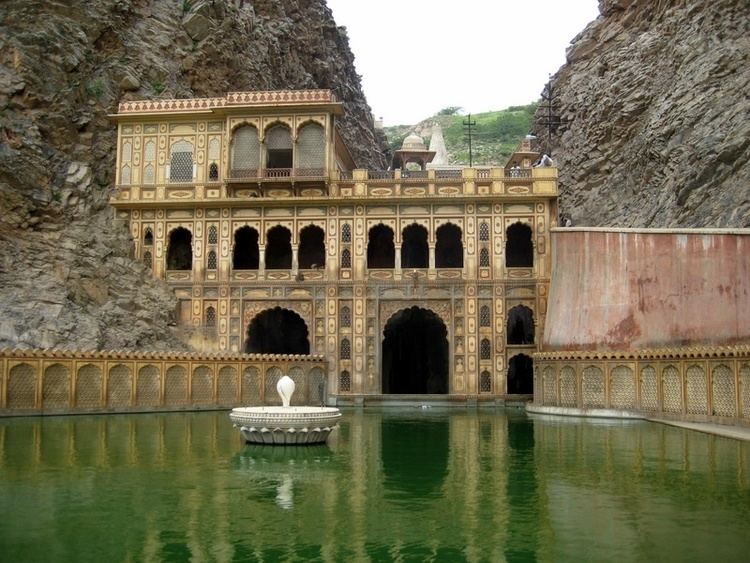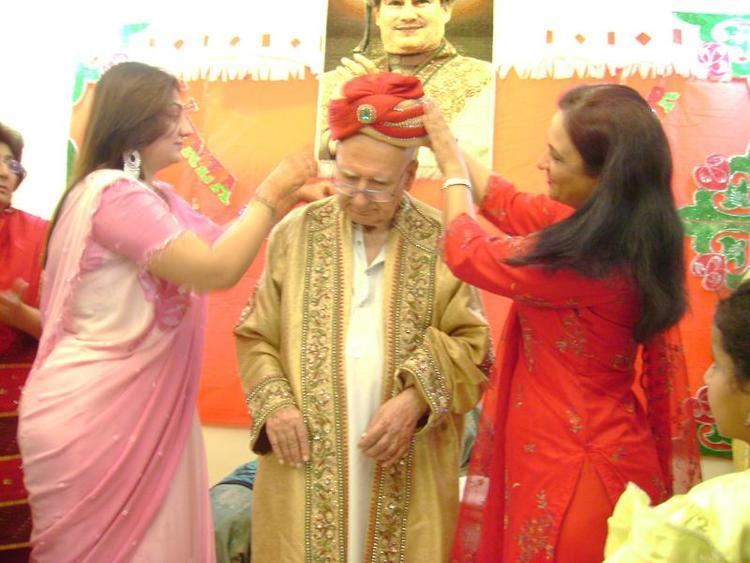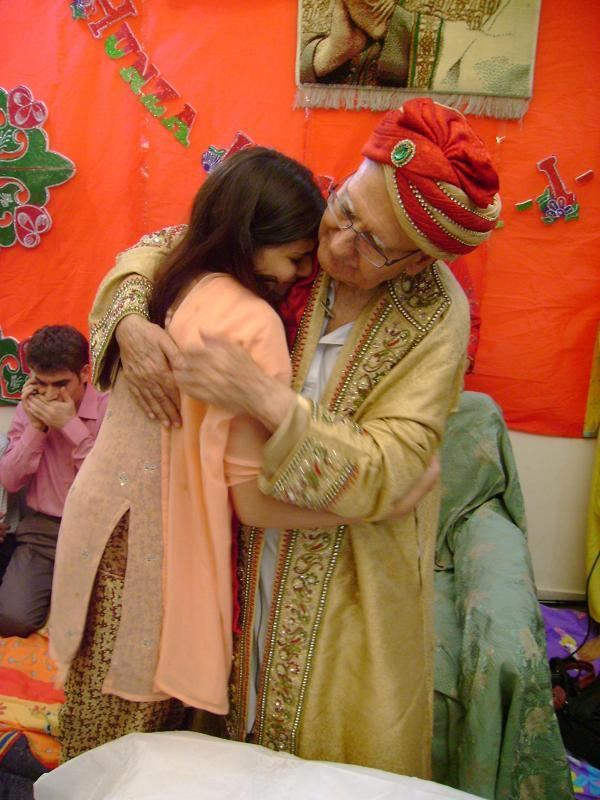Country Area 29.4 km2 | Mayor Emmanouil Skoulakis Population 91,066 | |
Points of interest Archaeological Museum of Chania, Etz Hayyim Synagogue, Agioi Theodoroi, War Museum of Chania, Nautical Museum of Crete | ||
Chania (Greek: , , Venetian: Canea, Ottoman Turkish: ????? Hanya) is the second largest city of Crete and the capital of the Chania regional unit. It lies along the north coast of the island, about 70 km (43 mi) west of Rethymno and 145 km (90 mi) west of Heraklion.
Contents
- Map of Chania
- Natural resources in khania dighi mosque chapai nawabganj
- Sunrise village hotel hotels in platanias khania crete greece
- History
- Geography
- Culture
- Economy
- References
Map of Chania
The official population of the municipal unit (the former municipality) is 53,910, while the municipality has 108,642 (2011) inhabitants. This consists of the city of Chania and several other towns and villages, including Kounoupidiana (pop. 8,620), Mournies (pop. 7,614), Souda (pop. 6,418), Nerokouros (pop. 5,531), Daratsos (pop. 4,732), Perivolia (pop. 3,986), Galatas (pop. 3,166) and Aroni (pop. 3,003).
Natural resources in khania dighi mosque chapai nawabganj
Sunrise village hotel hotels in platanias khania crete greece
History

Chania is the site of the Minoan settlement the Greeks called Kydonia, Greek for quince. It appears on Linear B as ku-do-ni-ja. Some notable archaeological evidence for the existence of this Minoan city below some parts of todays Chania was found by excavations in the district of Kasteli in the Old Town. This area appears to have been inhabited since the Neolithic era. The city reemerged after the end of the Minoan period as an important city-state in Classical Greece, one whose domain extended from Chania Bay to the feet of the White Mountains. The first major wave of settlers from mainland Greece was by the Dorian Greeks who came around 1100 BC. Kydonia was constantly at war with other Cretan city-states such as Aptera, Phalasarna and Polyrrinia and was important enough for the Kydonians to be mentioned in Homers Odyssey (xix.200). In 69 BC, the Roman consul Caecilius Metellus defeated the Cretans and conquered Kydonia to which he granted the privileges of an independent city-state. Kydonia reserved the right to mint its own coins until the third century AD.
Geography
The city of Chania lies around 40 km (25 mi) from the west end of Crete. By road, the distance is approximately 52 km (32 mi).
Culture

The cultural background of Chania is very rich, first of all due to the towns long history and its interaction with many diverse civilizations in the past. Furthermore the location of Crete (immediately connected to Athens, situated between Europe, Asia and Africa) as well as the cosmopolitan atmosphere that tourism creates, have generally kept the town up-to-date with modern advances in art and knowledge. Currently, there are several museums, art galleries, theatre and music groups, educational and research institutions within the city.

The most important museums in Chania are:
Several theatre groups are active in Chania with the most important being the Municipal and Regional Theatre of Crete (DI.PE.THE.K). The repertoire includes old and contemporary plays from Greek and foreign writers. The Venizelian Conservatory of Music ("Odeion", established 1931) is also one of the most important cultural societies in Crete. A recent attempt from the municipality to create a chamber music group named "Sinfonietta" has been successful and its performances throughout the year have enriched the cultural event calendar of the city. There is also a significant community of people who focus on alternative/indie music as well as jazz and some interesting bands performing modern musical styles. A number of traditional [Cretan] musicians are also active in town.
The city is also quite cinephile. There are five cinemas (two of them open-air), concentrating both in commercial and independent movies and occasionally organizing small festivals.
During the summer period a variety of cultural events take place on a daily basis. Theatrical plays, concerts and several exhibitions from Greek and foreign artists are organized either by the municipality or by individuals. A venue which hosts many of these events is a theater located in the east bulwark of the Old Town ("Anatoliki Tafros"). Also, several festivals, conferences or sport events take place in Chania especially between May and September. The Venizeleia athletics competition is one of the most noteworthy events of the year.
Cultural life throughout the wintry period of the year (November–March) is not as rich as in the summer, but it is certainly maintained to a good standard. During the last years there has been a substantial effort by both the city councils and by the locals to create the background for the city to be in the centre of interest throughout the year. Towards this direction, the increasing number of students moving to Chania for their studies has proved to be helpful. There is also some effort to promote Crete as a tourist destination for all seasons—a role that the island could easily hold—which would also support both the local economy and culture.
A major role in the citys cultural life is played by the Municipal Cultural Corporation of Chania (DI.P.E.X.) which organizes a significant part of the events taking place throughout the year.
There is a French, a German, an Italian and a Swedish consulate in Chania.
Economy
Two main sources of wealth in Chania are agriculture and tourism. A big portion of the citys residents (not necessarily farmers) own from few to many decares of agricultural land where several plants are being cultivated, the most popular ones being olive trees and citrus. Other important products include wine, avocados, dairy etc. Apart from the traditional ways of cultivation, some of the producers have concentrated on practicing new methods in order to promote organic food. The organization of the Agricultural August has been a recent attempt to promote local quality products including a series of activities organised by the Prefecture of Chania since 1999 and has proved very successful.
